It was 1989, the best of times, the worst of times, the flyest of times. Memphis magazine publisher Kenneth Neill, a native Bostonian, had long been a fan of alternative weeklies such as the Boston Phoenix and New York’s Village Voice. Other cities around the country were also seeing weeklies pop up. Could such a publication work in a conservative Southern city like Memphis? Neill thought, “yes, it could.” Which turned out to be true, though it took some time.
Memphis magazine was owned by a group of eight or nine locals, none of whom owned a majority share. One of them was developer Henry Turley. “Ken and I were at a meeting of the Egyptians at Rhodes,” he says. “Ken said he had an idea he’d like to discuss. We adjourned to Alex’s, where he described a new idea in journalism that was being pioneered in several cities. He called it an alternative weekly. I liked the idea. I went to Nashville and saw their financially and journalistically successful project. That confirmed my instinct.”
Kate Gooch was another stockholder. “I remember many pro-forma spreadsheets showing when we would finally make money,” she says. “It took a lot longer than we thought.”
Neill says his original projection was that the Flyer would start to make money in three years. It took five. “The late Ward Archer (also a stockholder) was a mentor to me and helped encourage me through those early years,” Neill says. “He was either the most radical conservative or the most conservative radical I ever met. But his support was key.”
Other supportive stockholders included Jack Belz, Ira Lipman, and Robert Towery, most of whom still own stock in what is now the Flyer‘s parent company, Contemporary Media, Inc.

The nascent weekly was originally going to be called the Delta Flyer. Neill was an admirer of the Dixie Flyer, a hippie paper that was published in Memphis for a time in the 1970s. There is a mock-up of the cover of the Delta Flyer on Neill’s office wall. It features a picture of former Tigers basketball coach, Dana Kirk. The Delta Flyer never saw the light of day; the name was changed to the Memphis Flyer, when it was decided the editorial content would focus on Memphis, not the region.
On the night of February 15, 1989, Neill, circulation director Cheryl Bader, Steve Haley, and a couple of others drove three rental trucks on a stealth operation to put the first Memphis Flyer on the streets of Memphis.
“We had to put out the boxes, fill them up with papers, and quickly move on,” says Neill. “We had three original routes for 20,000 papers: Downtown, Midtown, and, for some reason, Hickory Hill.” The first issue featured a cover story on pollution from Velsicol Chemical’s operation in North Memphis; “Celebrity Birthdays,” by Tom Prestigiacomo; a sports column by Dave Woloshin; a column by former Commercial Appeal editor Lydel Sims; and, of course, News of the Weird, illustrated by Jeanne Seagle.

The Flyer‘s first editor was Tim Sampson, who somehow lived through the wild and wooly early years. “I think what stands out most in my mind were the, uh, interesting people that were drawn to the Flyer in those days,” he says. “I probably spent as much time on the telephone with these people as I did editing the paper. We had no email back then, so it was strictly phone communication. There was one person who thought it was my job to get them out of prison, and the calls were lengthy and daily. Then there was a very sweet young man who was convinced his father assassinated Dr. Martin Luther King Jr. He called and called about it, and one day when I came back to my desk, he was there on my phone discussing it with the FBI.
“I also remember,” Sampson continues, “when Memphis first got those amphibious buses that went into the river. I made a rather cruel crack about them in the old ‘We Recommend’ column, and the owner came to the office early one morning. I was there, with only an elderly receptionist to protect me. He told me he was going to drag me outside and ‘beat my ass.’ We later got a pretty big laugh out of it.”
While Sampson and original art director Nancy Apple held down the fort editorially, ad director Jerry Swift was on the street, trying to convince businesses to put their money into the Flyer. It was a tough battle.
“During our start-up,” Swift recalls, “I went over to see the pastor of a small church in Midtown and commented about seeing their ad on the religion page in the CA. I said to the good reverend that it seemed to me that anyone reading the religion page of the CA already had a church affiliation, and if they wanted to reach wayward, heathen sinners, then I had just the newspaper for their ads.
“They bought an ad and are still with us today as, I’m quite sure, the longest-running advertiser in the Flyer. First Congo now occupies a much larger building and continues to do great work in the community. I’d like to think that we had a small part in helping them.
You can’t talk about the Flyer‘s early days, Swift says, without mentioning the paper’s infamous classified personal ads. In the days before Match.com, the Flyer personals were the city’s go-to hook-up location for men, women, and all sorts of interesting combinations thereof. If you didn’t know what SWM, SWF, GBM, DWM, etc. meant, you were missing the action.
“When we hit the street with ads that were classified as Men Seeking Men and Women Seeking Women, it created a real firestorm,” Swift says. “Many advertisers and potential advertisers were upset that we would run such ‘filth’ in the paper. We were the first citywide publication to embrace the gay community. Those little ads seem so innocuous now, but 25 years ago, we were ‘promoting homosexuality,’ and a lot of people didn’t like it. The reality is that those ads cost us more money than they brought in. But we were right to do it. It was time.”
After five years, the Flyer began making money — and making headway editorially. Neill thinks a large part of the community’s acceptance of the paper as a journalistic source came during the mayoral election of 1991 between Willie Herenton and Dick Hackett. “Jackson Baker and John Branston did a lot of in-depth reporting during the campaign,” Neill says. “The CA had endorsed Hackett early on, and we were able to talk to sources they weren’t getting to, especially in the Herenton camp. We also began sending Jackson to the national party conventions, which gave us more credibility.”
Twenty-five years on, the Flyer is still here, still free, and firmly established as part of the fabric of Memphis, a weekly must-read for 200,000 or so Shelby Countians. Much is owed to the many who’ve worked through the years at 460 Tennessee Street as editors, reporters, designers, and salespeople, as well as those in the business office, marketing department, and circulation department. Much is also owed to those who’ve put their money, their trust, and their advertising in the Flyer. Without them, we wouldn’t exist. Personally, I owe a great debt to my predecessors, Flyer editors Tim Sampson and the late Dennis Freeland, for their imagination and hard work, and for setting the bar so high.
Here’s to another 25!
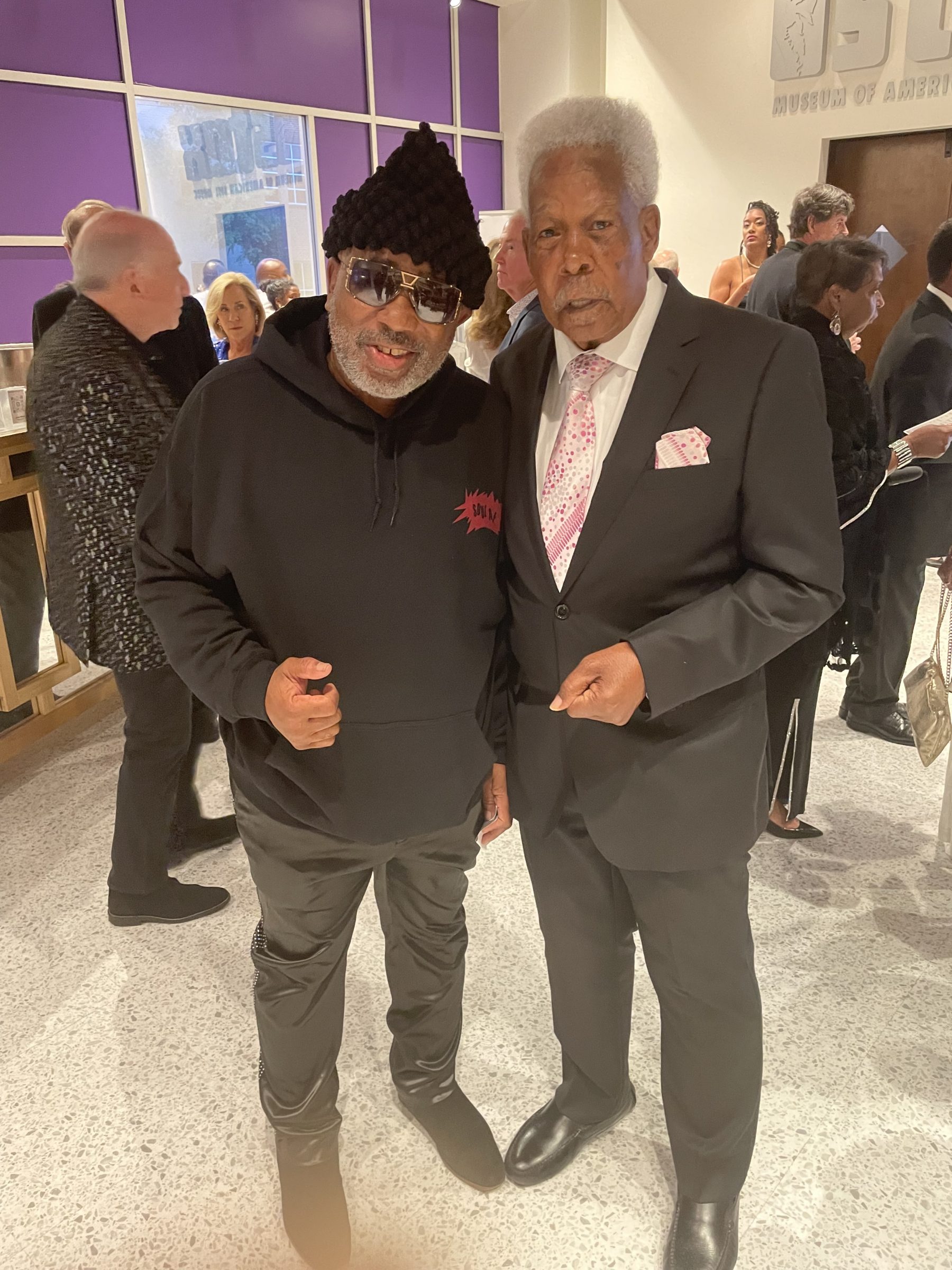
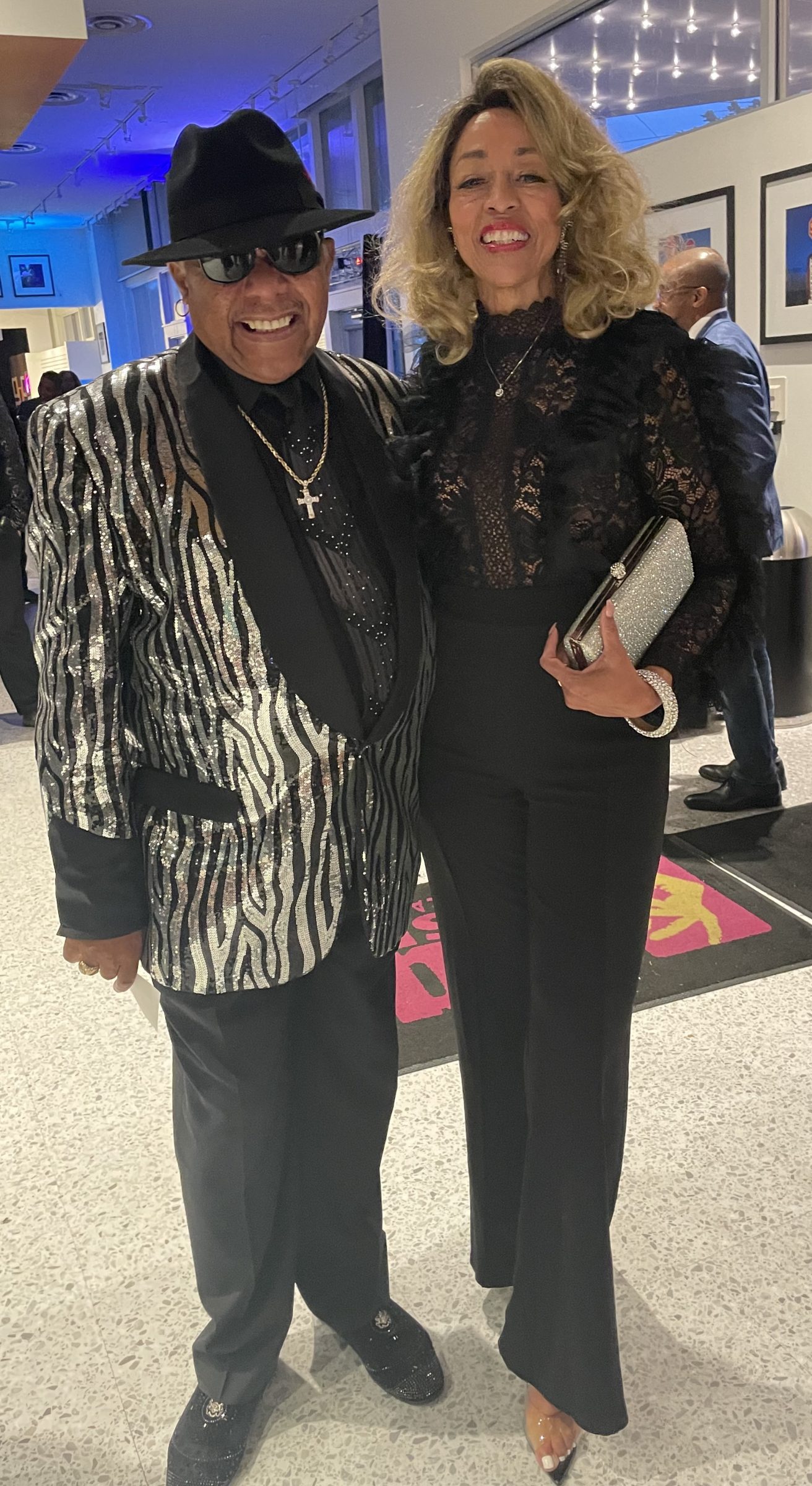
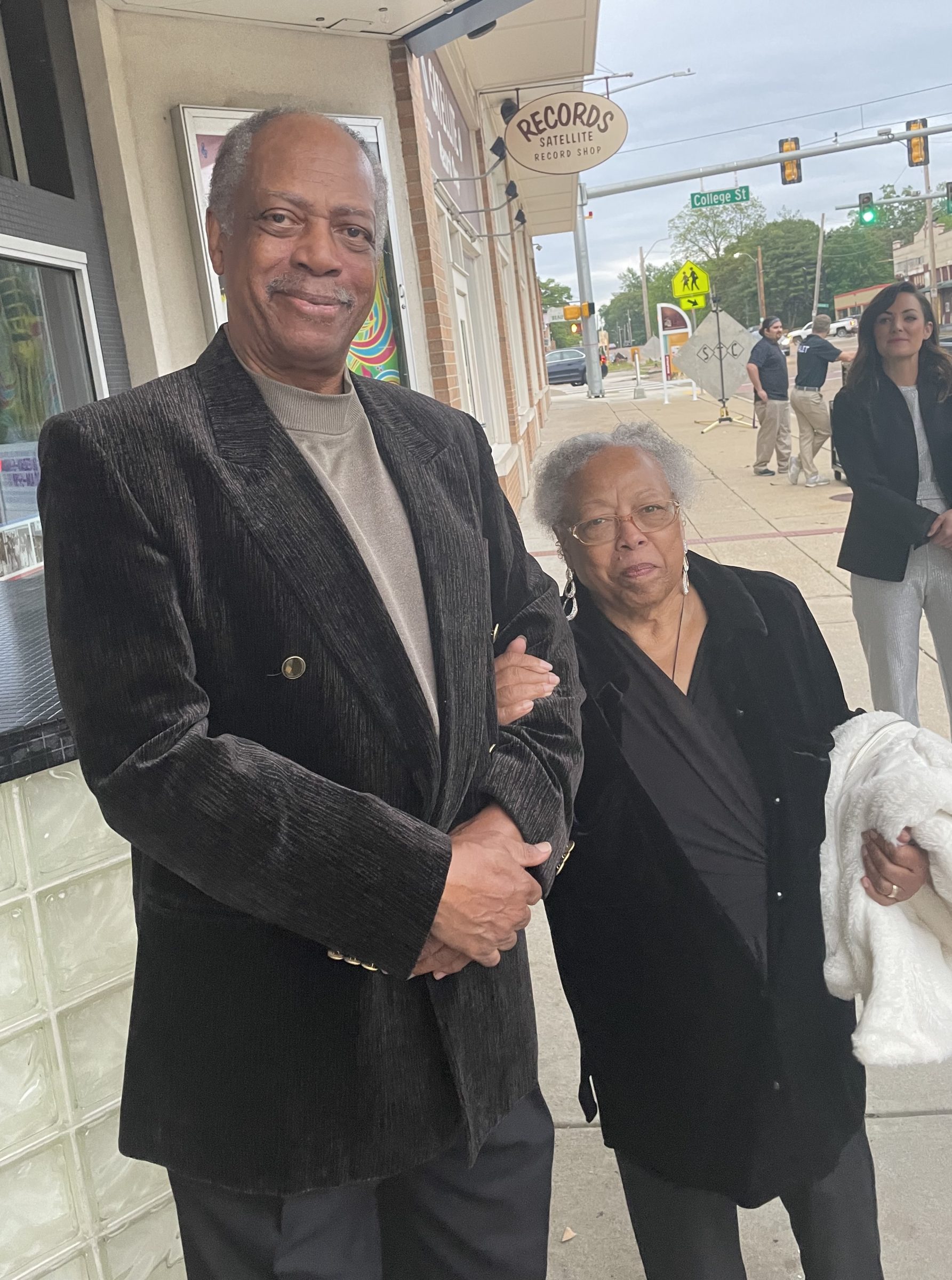

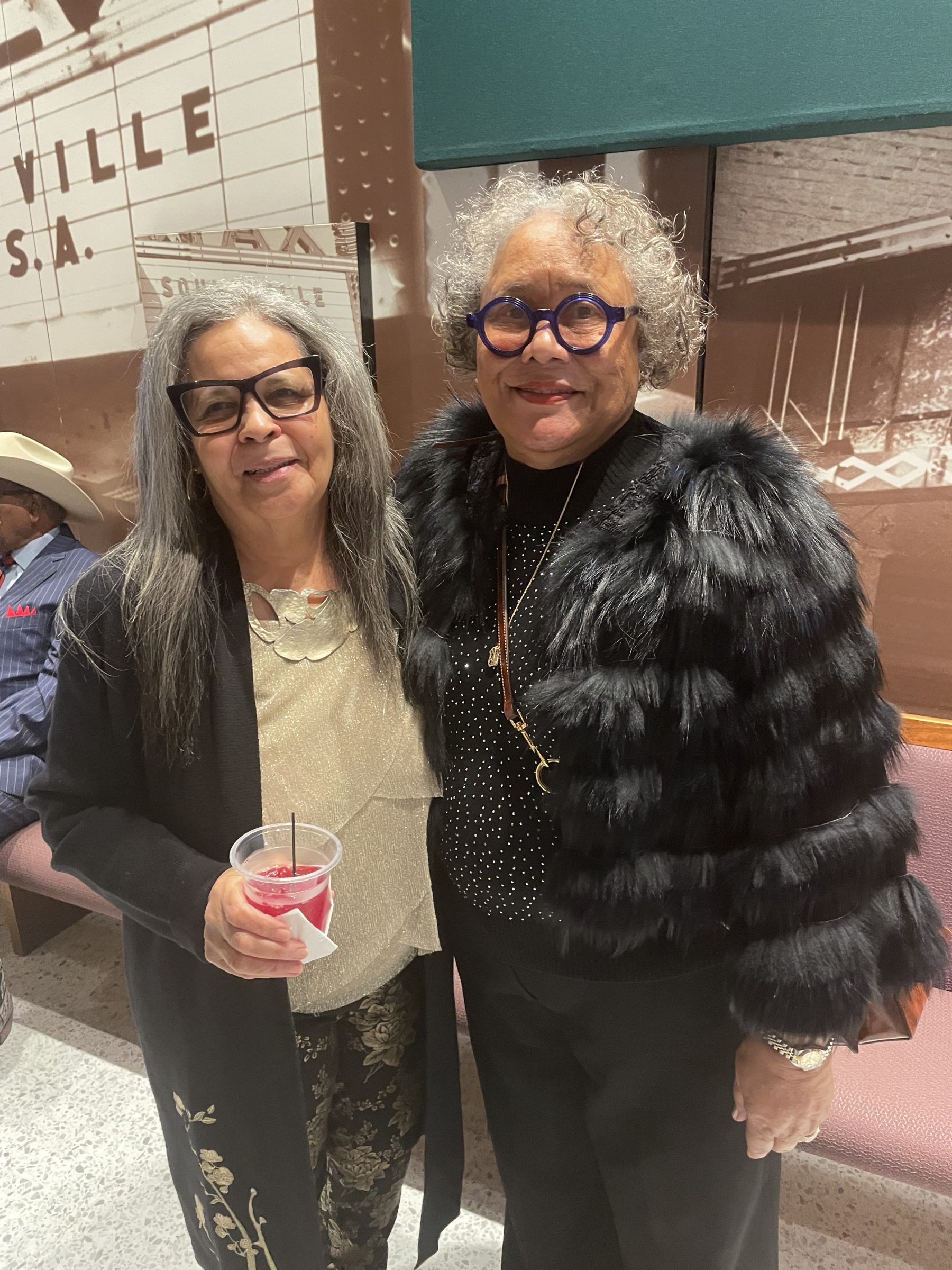

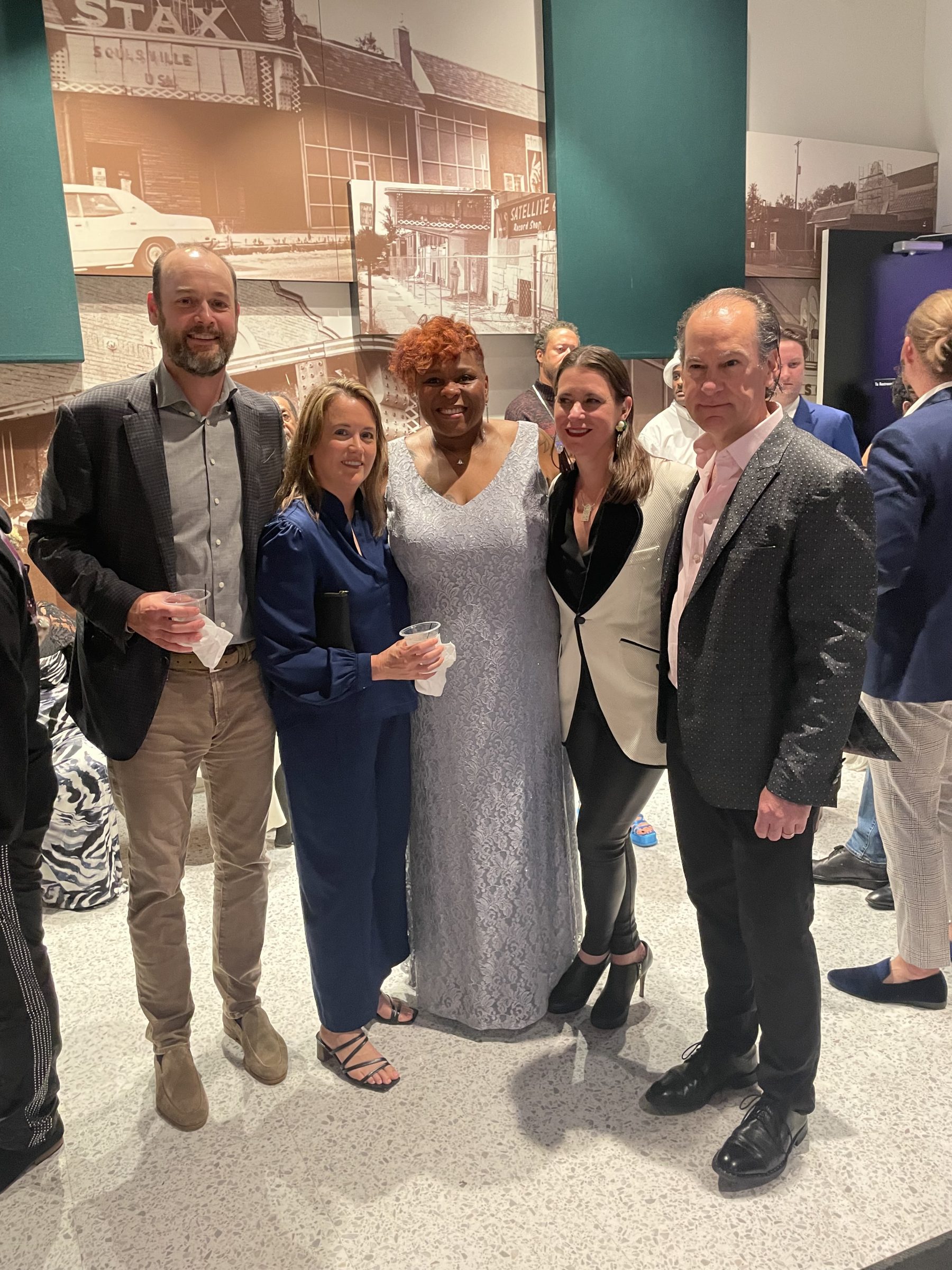


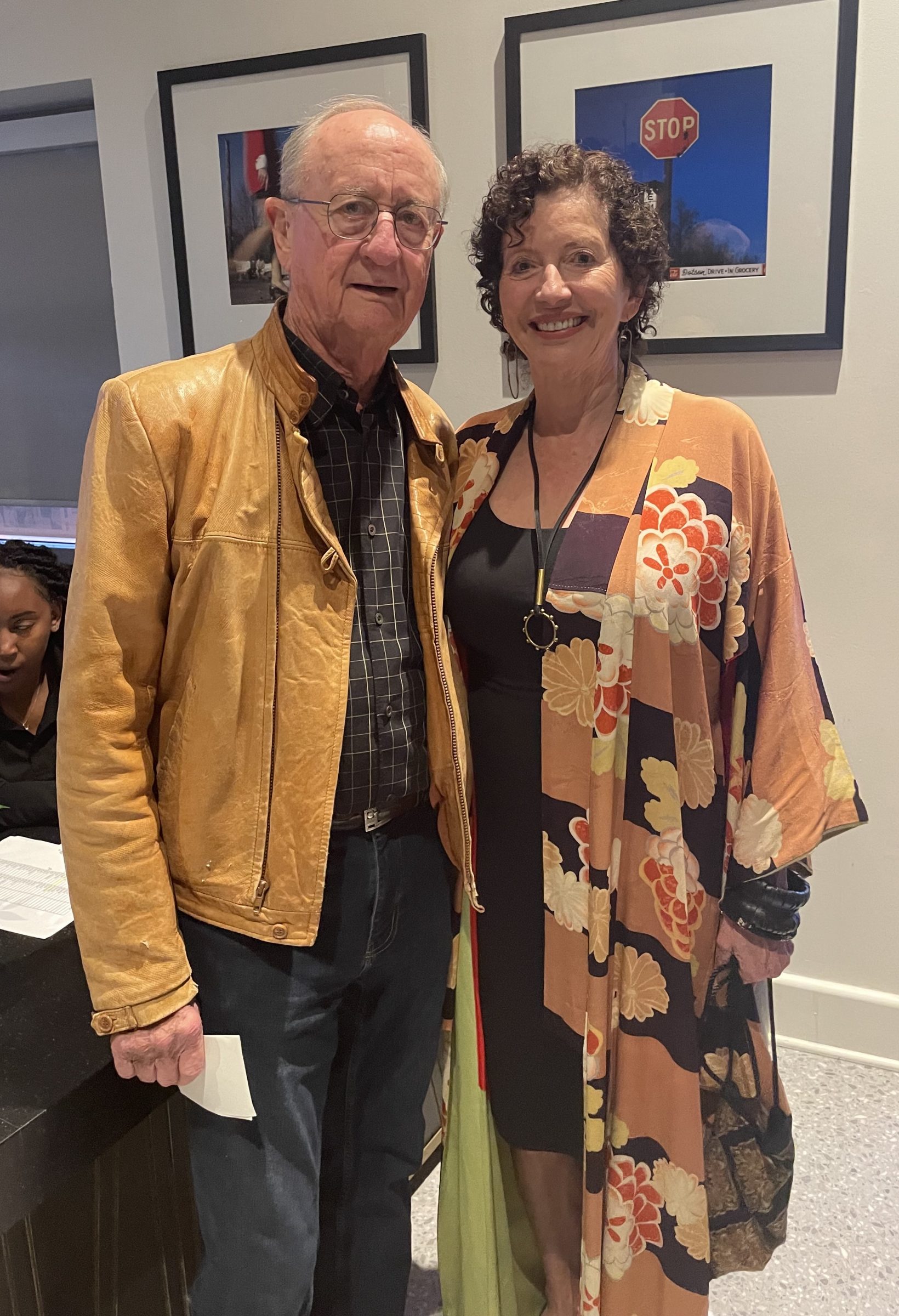

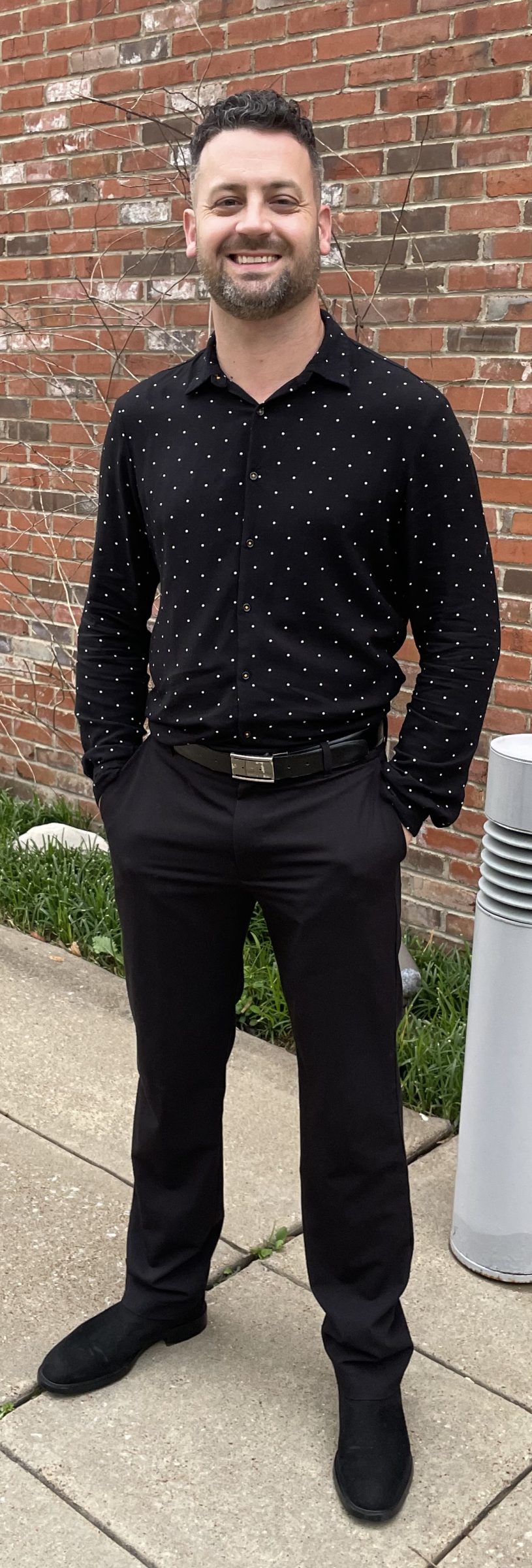
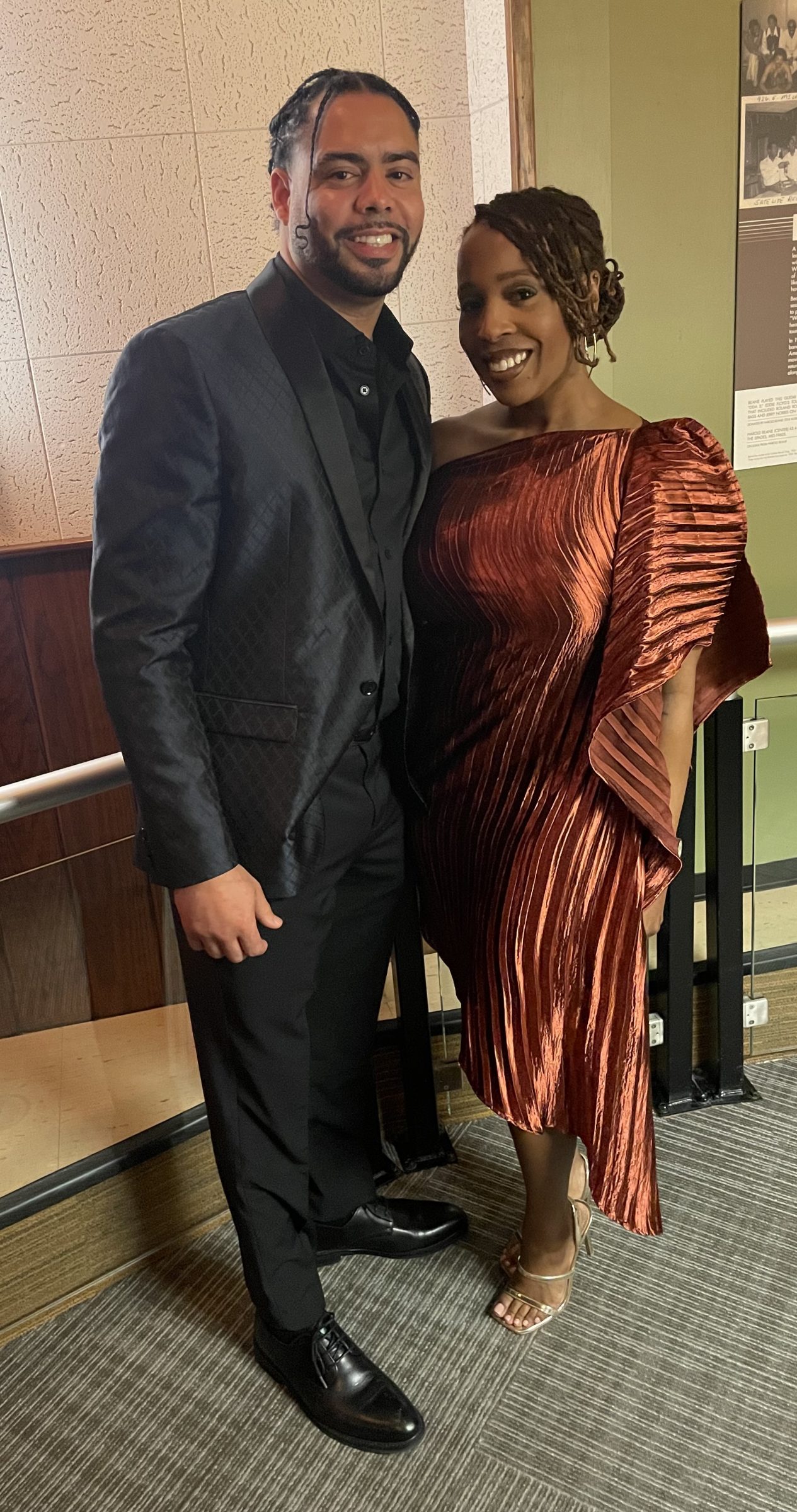

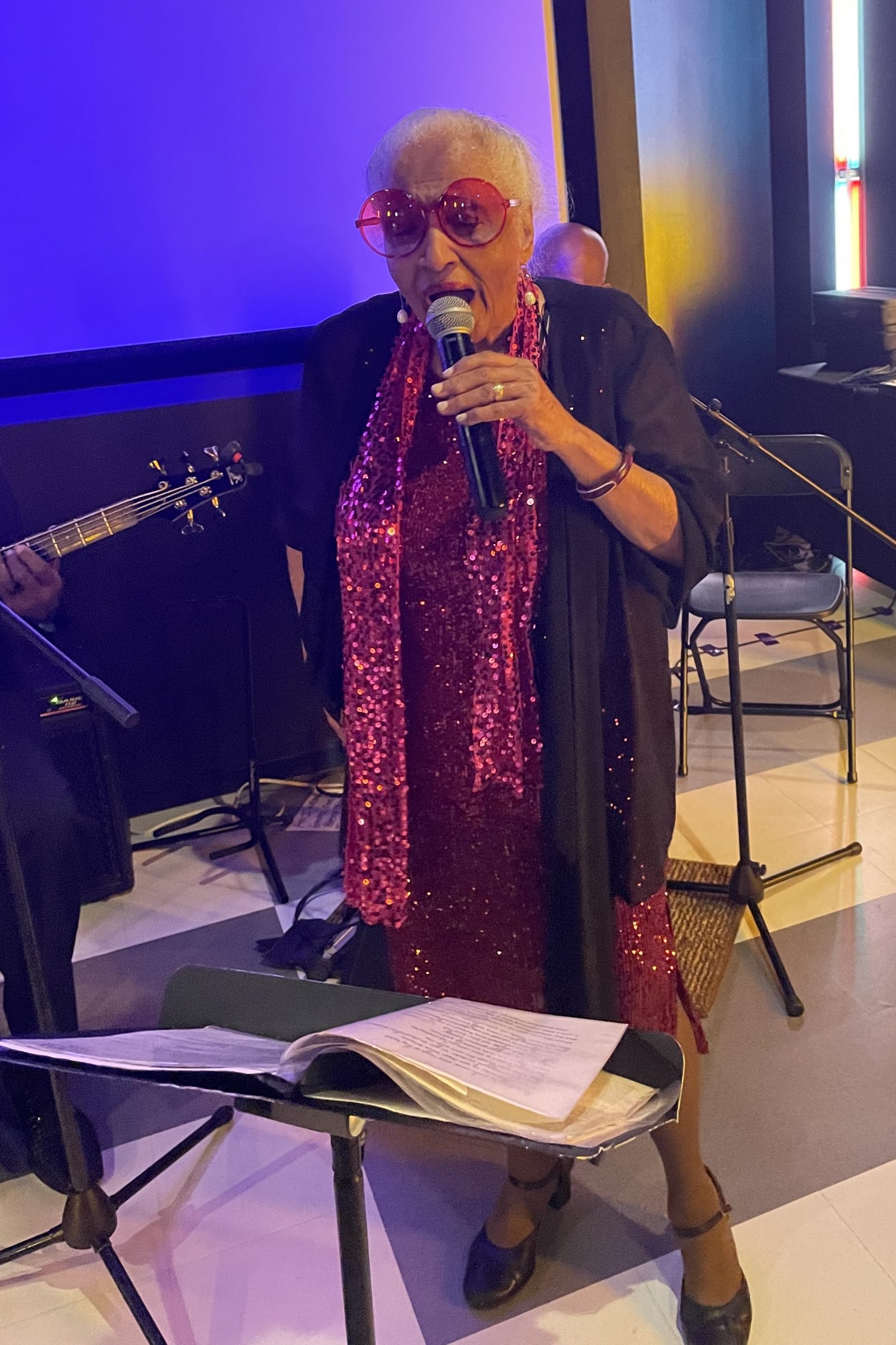




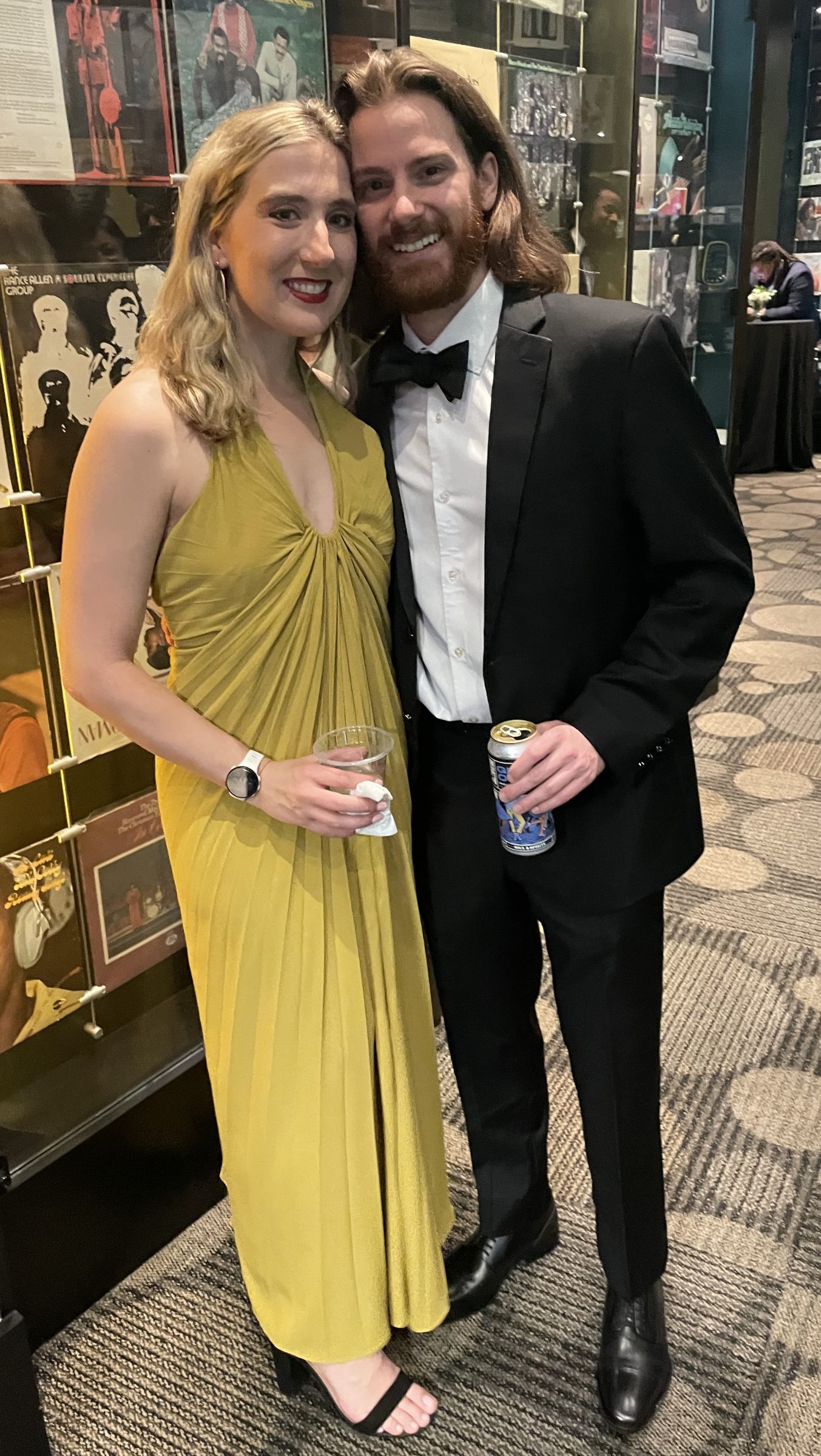
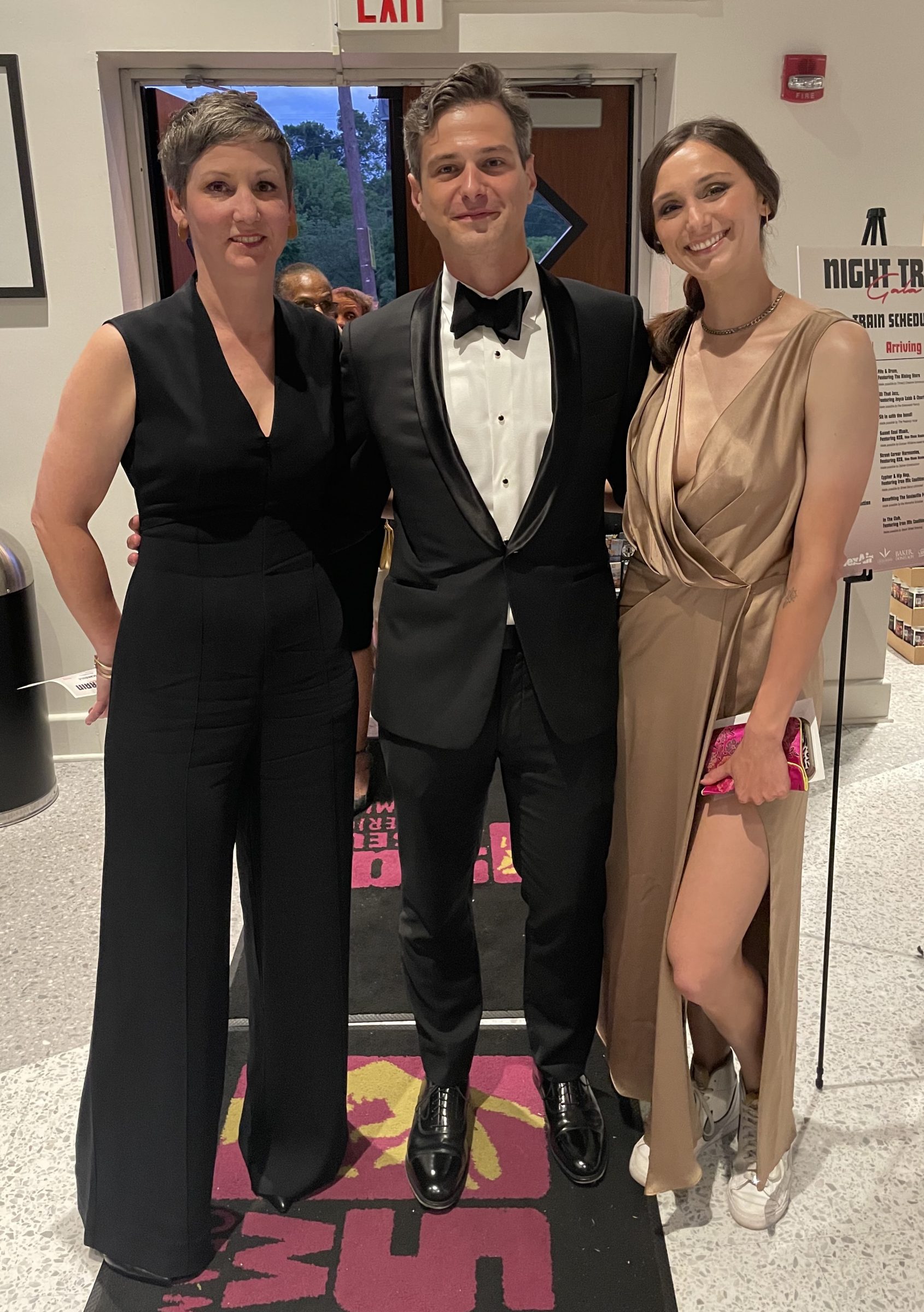
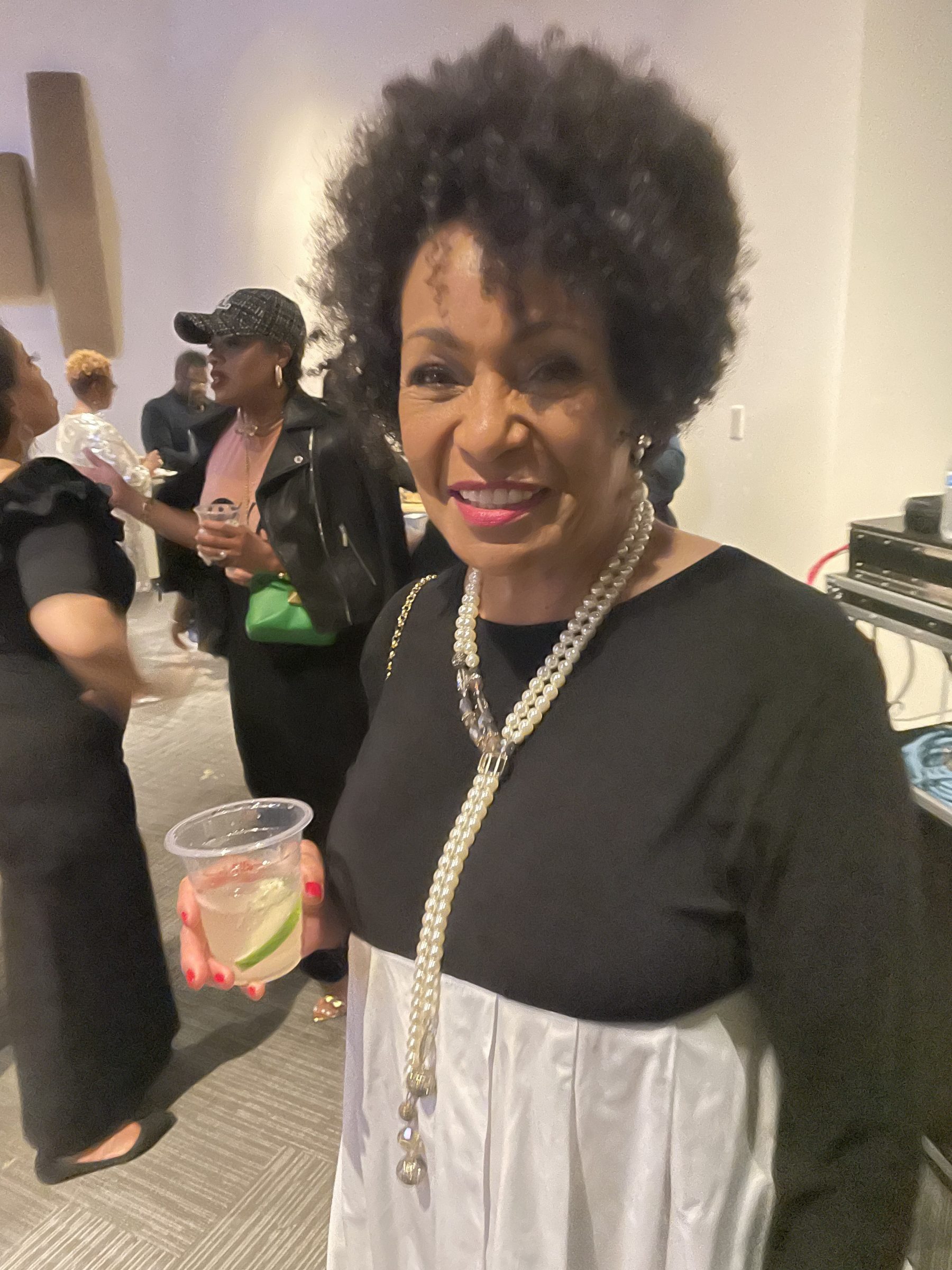

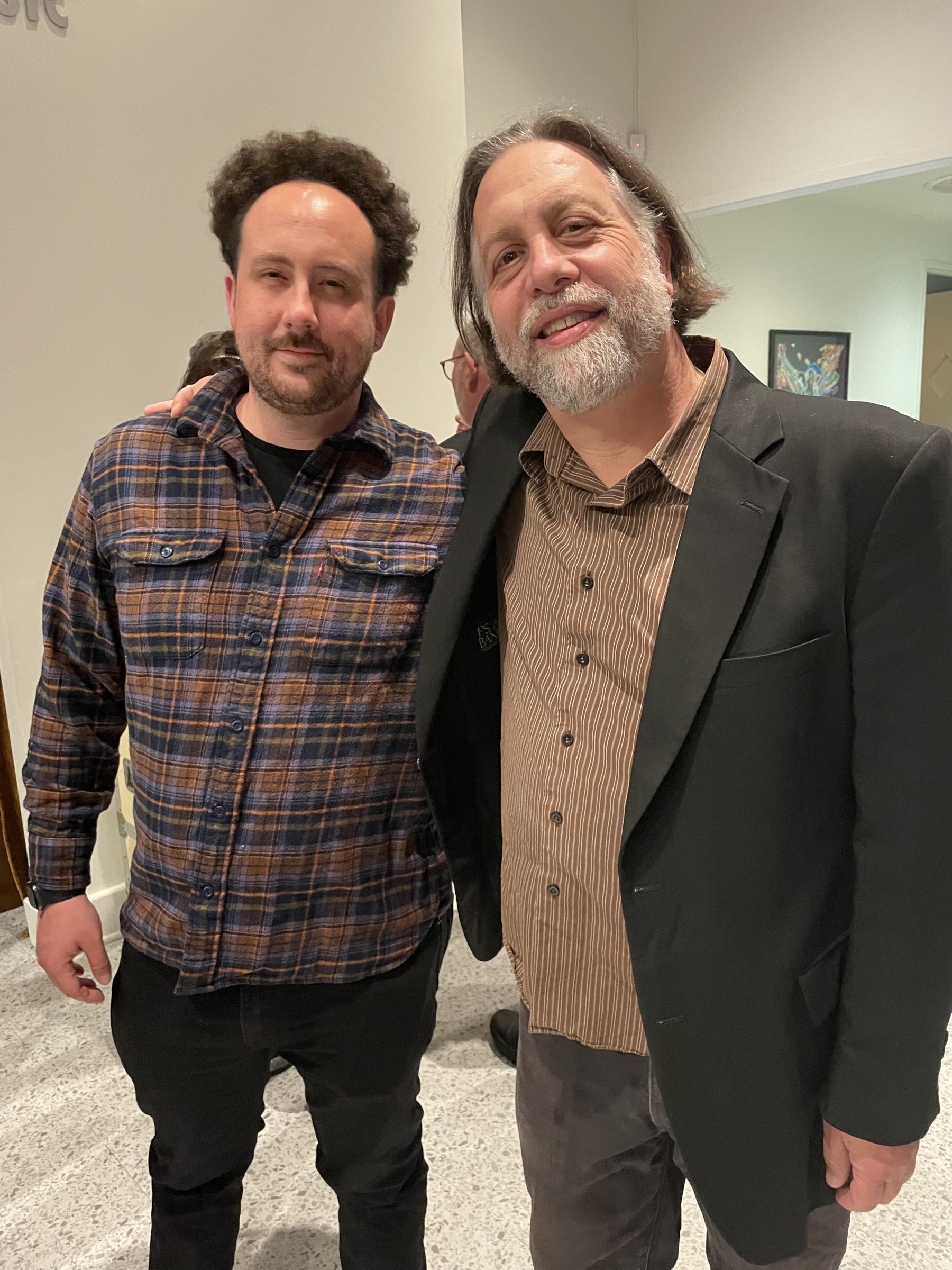


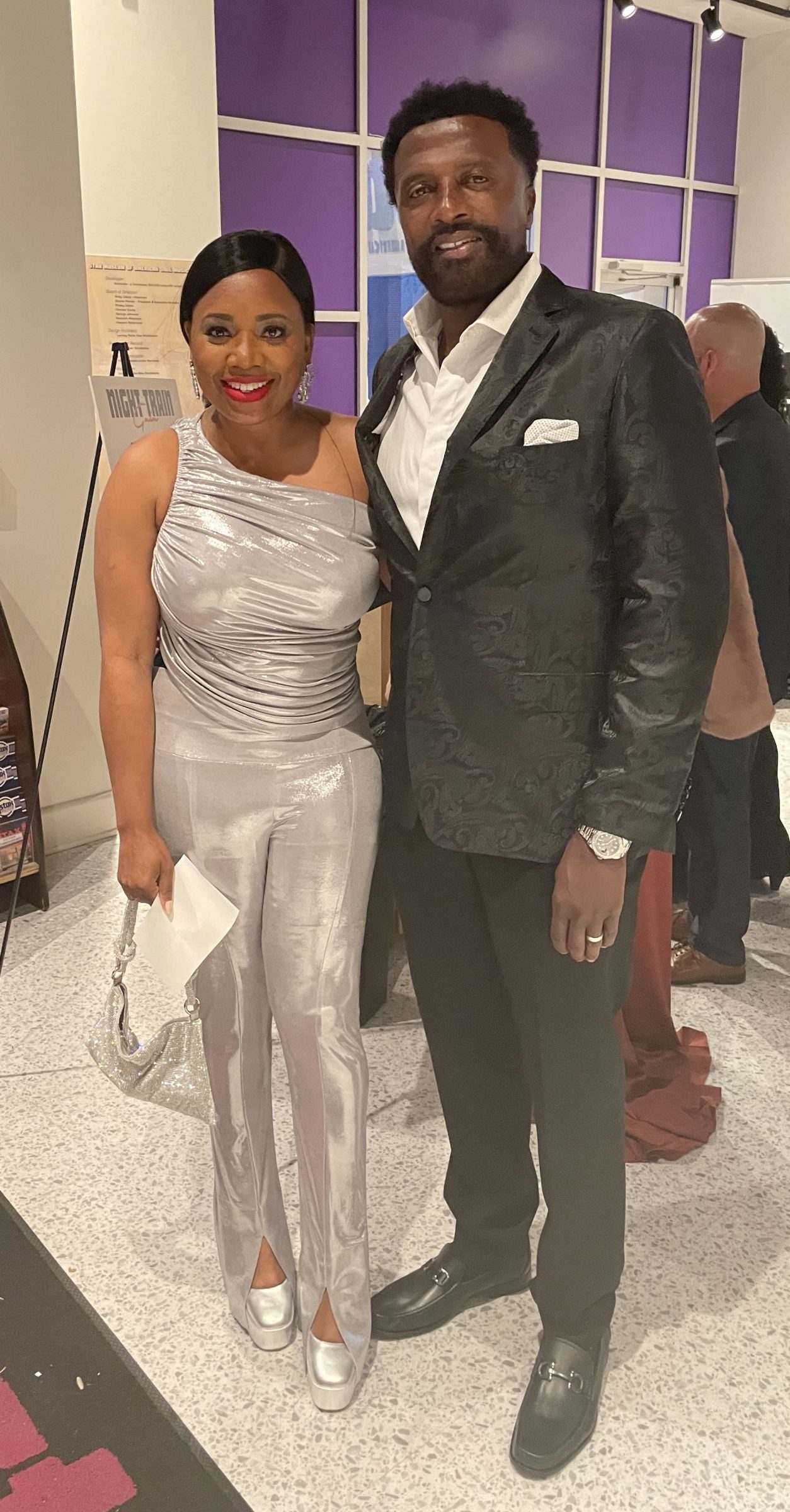
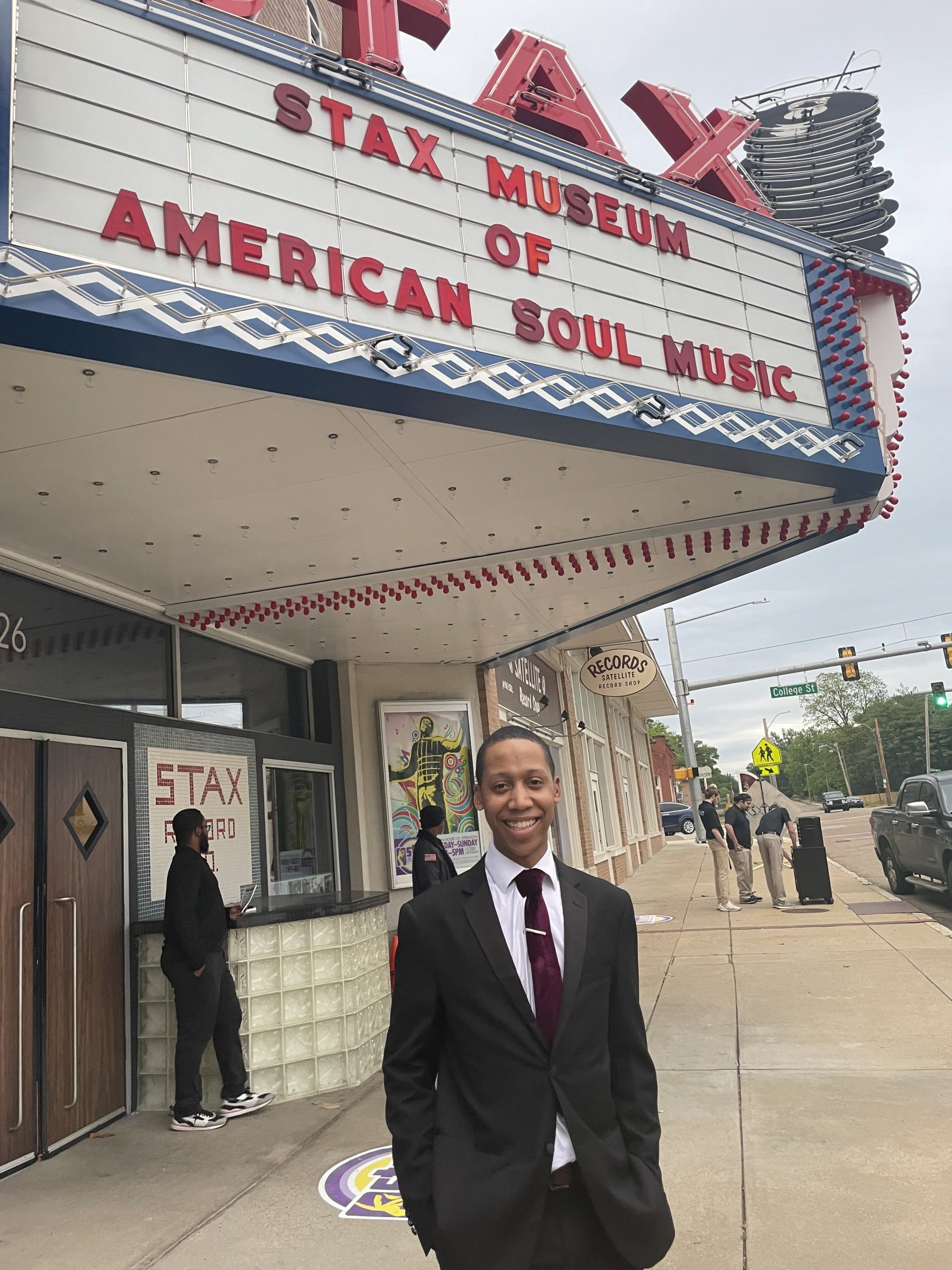

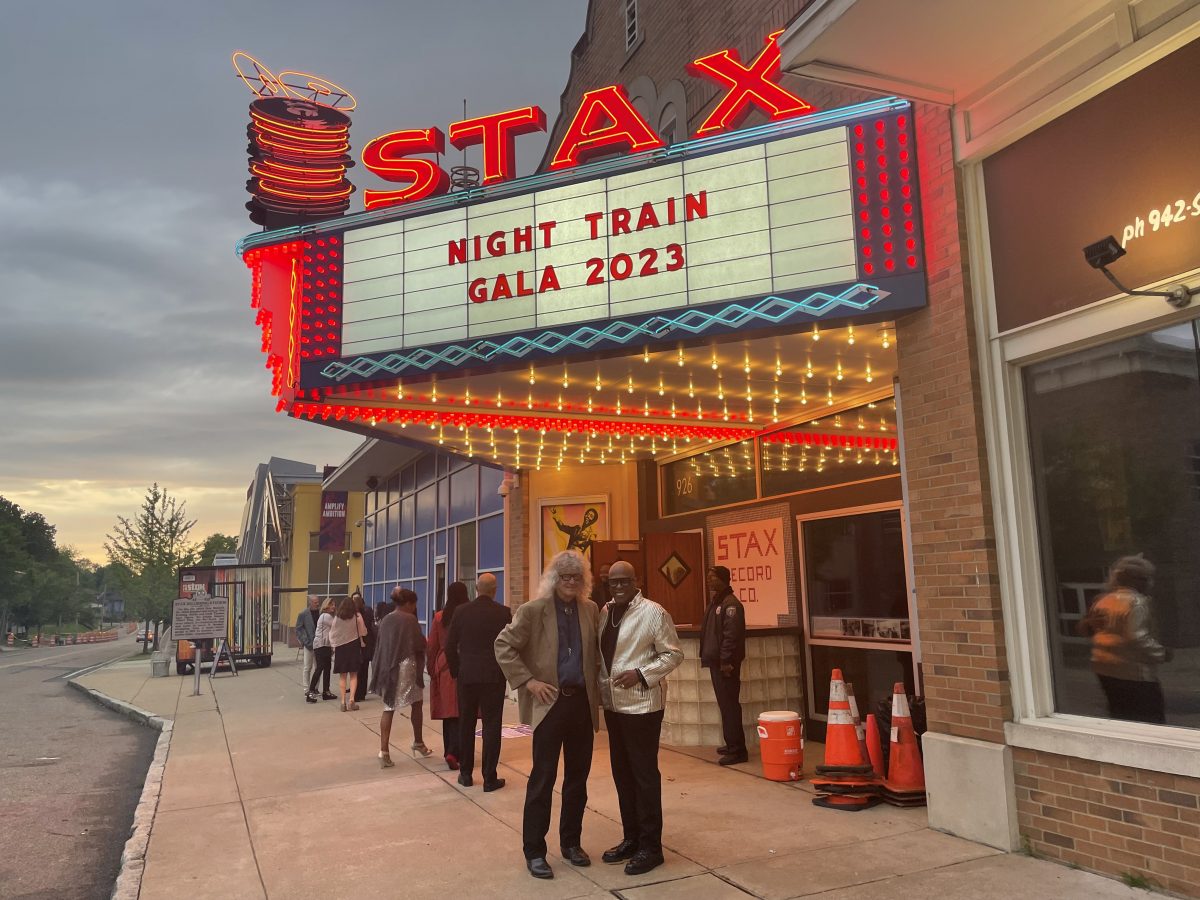
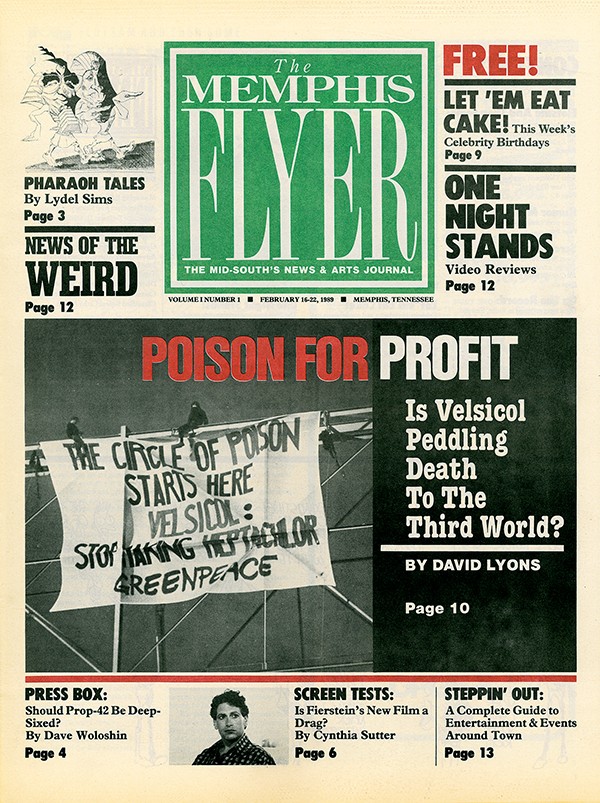
 Greg Cravens
Greg Cravens 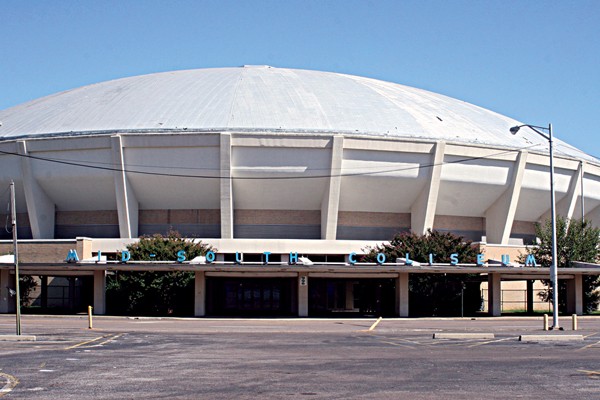 courtesy bc buckner | Forgotten Memphis | Wikimedia Commons
courtesy bc buckner | Forgotten Memphis | Wikimedia Commons 

